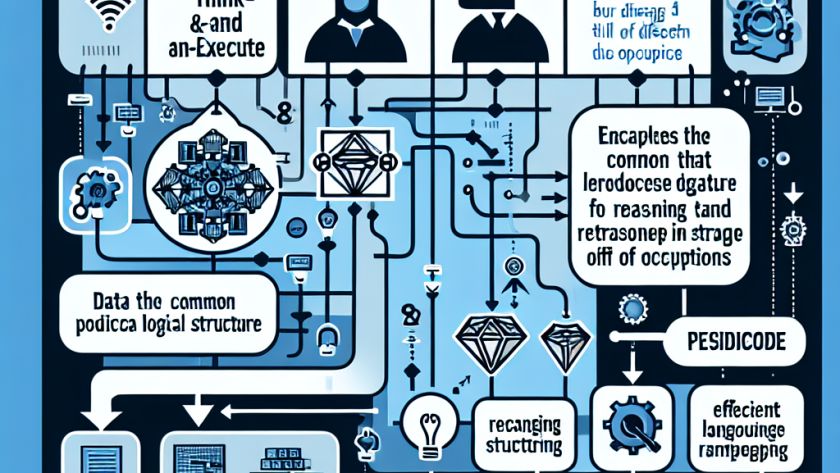In the fast-paced digital world, the integration of visual and textual data for advanced video comprehension has emerged as a key area of study. Large Language Models (LLMs) play a vital role in processing and generating text, revolutionizing the way we engage with digital content. But, traditionally, these models are designed to be text-centric, and…











